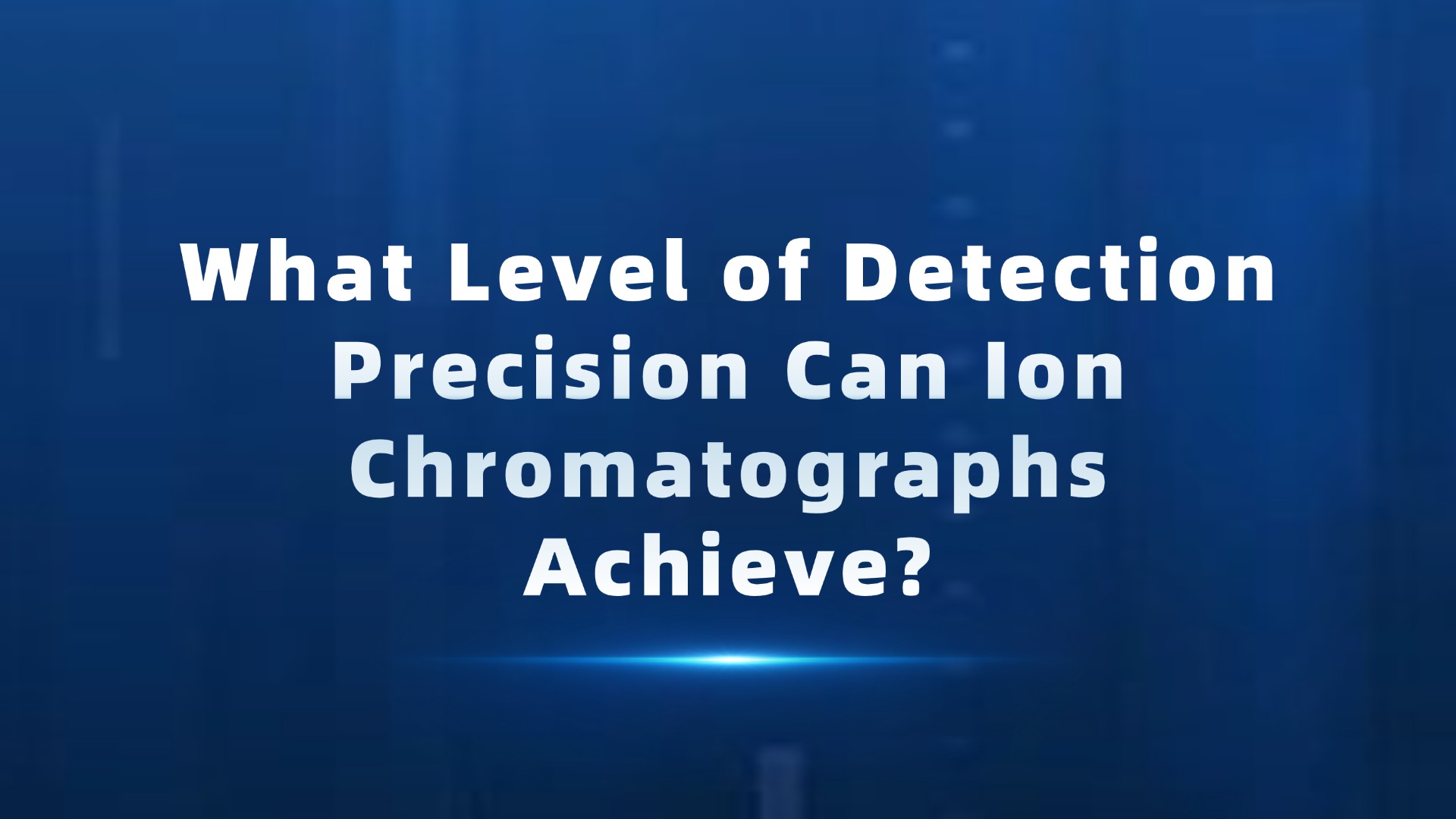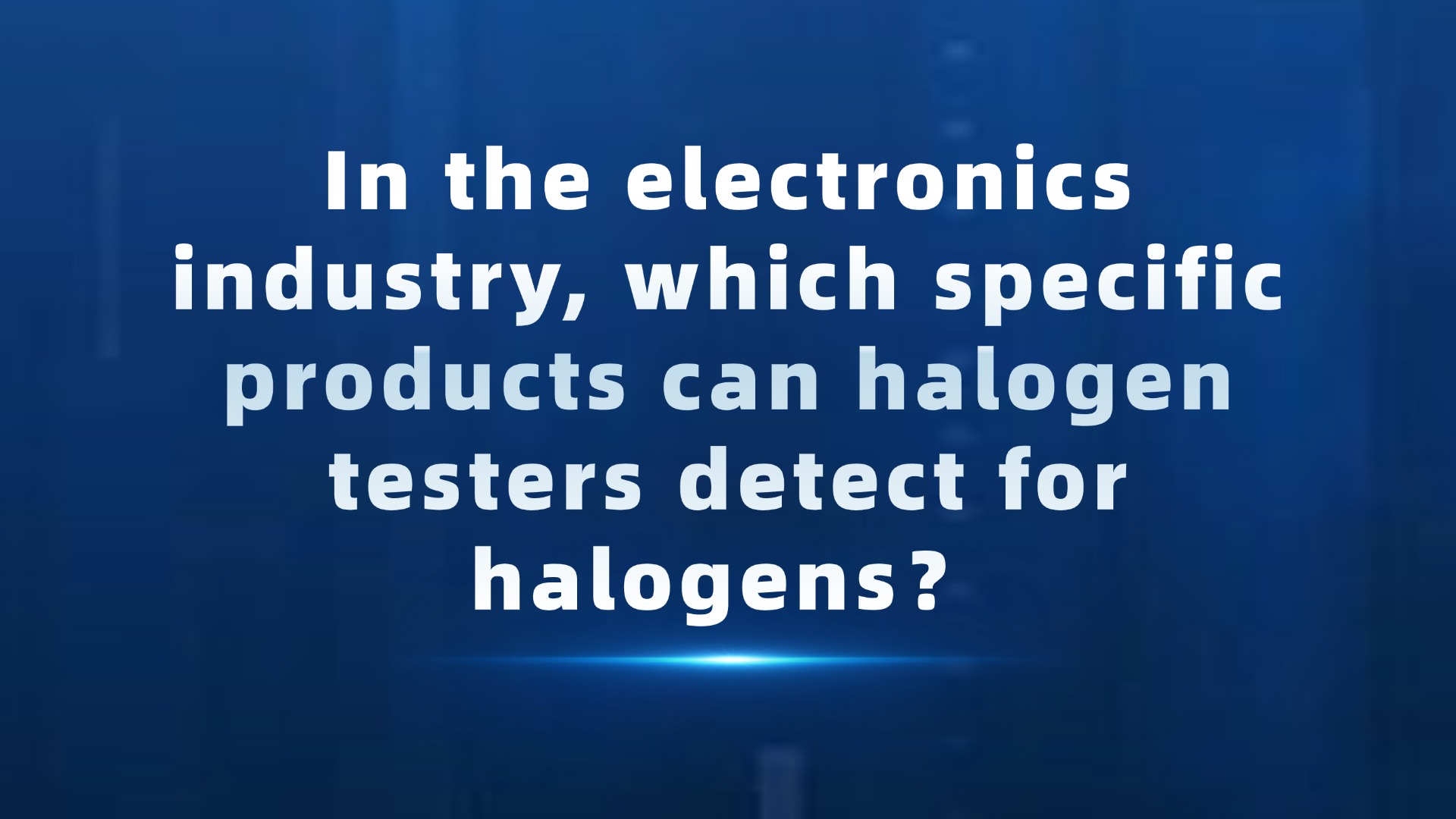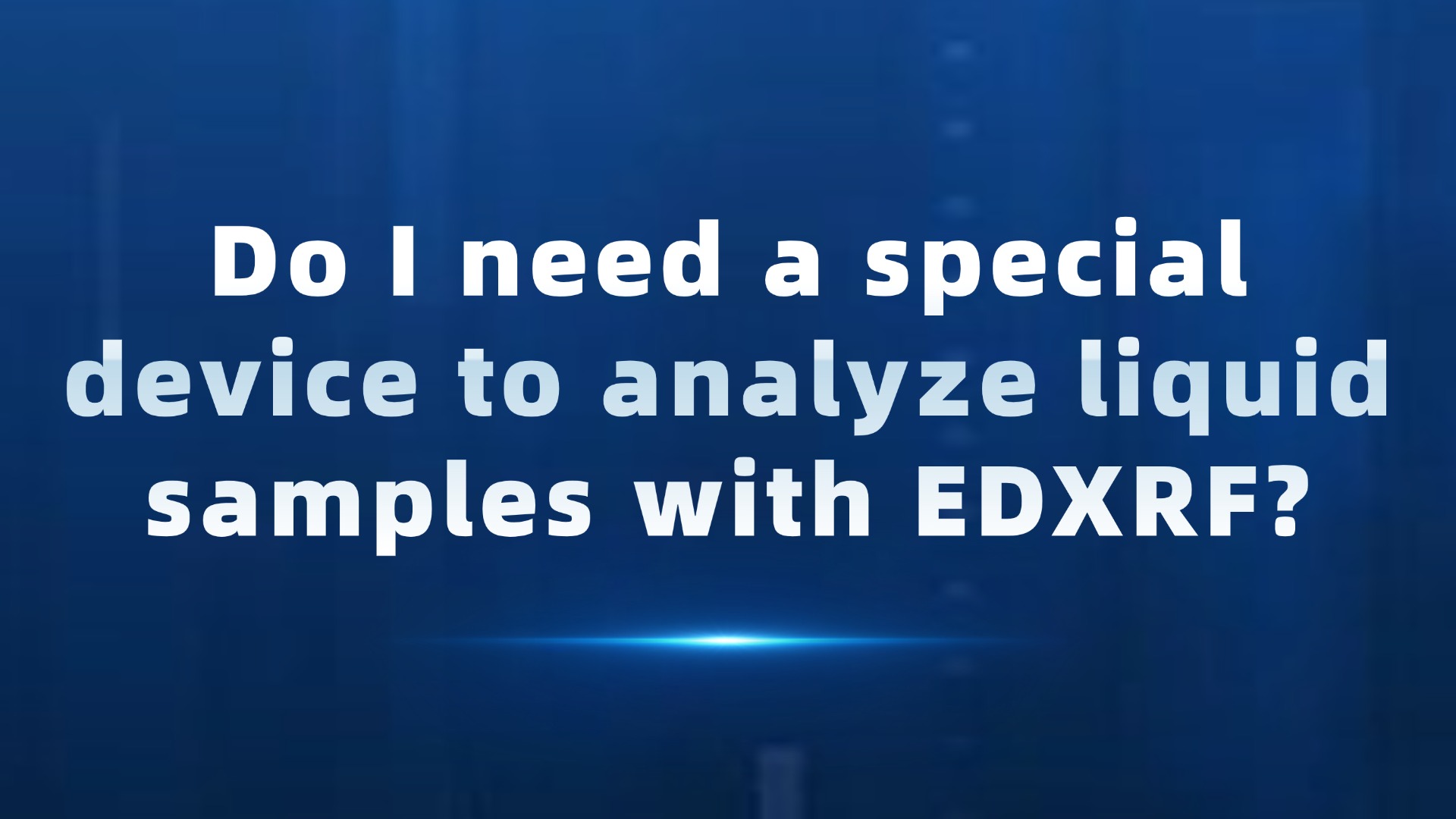What is hexavalent chromium?
Hexavalent chromium Cr (VI) refers to the hexavalent compound of chromium element, which is a ingestion and inhalation toxic substance.
Exposure to hexavalent chromium may lead to various diseases in the human body. Long term exposure to this substance may lead to serious skin allergies, gastrointestinal and respiratory problems, and damage to the human reproductive system. Hexavalent chromium has been defined as a strong carcinogen by the International Agency for Research on Cancer (IARC).
Where does hexavalent chromium come from?
Hexavalent chromium is often converted from unstable trivalent chromium under specific conditions such as UV irradiation, high temperature, drying, oxidants, etc. Natural hexavalent chromium is also commonly found in the corrosion process of natural chromium ore. High stability in water environment.
Application of Hexavalent Chromium in Manufacturing Supply Chain
Leather tanning processing
Chromium tanning agents (trivalent chromium) are often used in leather tanning processes, but under unfavorable environmental conditions or inappropriate process control, trivalent chromium can easily oxidize to form hexavalent chromium.
2 dye process
Hexavalent chromium may also be used as a mordant in materials such as wool after dyeing, or added as a component of lead chromate pigments, inks, plastics, and surface coating materials.
3 Electronic products
In the electronics industry and various metal processing industries, hexavalent chromium is generally present as a solvent for processing and is also commonly used in electroplating metal anti rust coatings. Industrial wastewater in the electronics industry may also contain high concentrations of hexavalent chromium, which can lead to serious environmental pollution.
Regulatory restrictions and international certifications related to hexavalent chromium
Hexavalent chromium is highly toxic and widely used, and may also cause serious pollution to the environment. Therefore, countries around the world have introduced regulations and standards to limit hexavalent chromium. In addition, many international certification organizations have also put forward higher requirements for hexavalent chromium to meet the increasingly emphasized environmental protection concept of enterprises.
test method
The regulations and standards mainly limit the hexavalent chromium of three types of materials: leather products, metal products, and metal coatings. The following introduces common laboratory testing methods for hexavalent chromium for reference:
#What is Absolute Quality#
Definition: The final result obtained by weighing and testing a sample after aging treatment.
Background: During product use, residual trivalent chromium in leather may slowly oxidize to hexavalent chromium, and the final result of this process cannot be evaluated on samples treated with ordinary methods.
Solution: Artificially promote the complete conversion of trivalent chromium to hexavalent chromium to accelerate the conversion process.
Common conversion (aging) conditions: 80 ℃, relative humidity of 5%, 24-hour, enclosed and non ventilated environment.
Result: The hexavalent chromium test results of the processed samples were generally higher than those of the untreated samples.
Regulations/Standards: Currently, there are no laws or regulations that require leather products to undergo aging treatment for hexavalent chromium testing. But the standard will specify that if there is any dispute over the test results, the test results (dry weight) of the product after aging shall prevail.
How to minimize hexavalent chromium in the production process?
1. Use substitutes
Currently, over 80% of leather products use chrome tanning agents. If tanning agents that do not contain chromium are used, the possibility of the product containing hexavalent chromium can be greatly reduced. However, choosing unsuitable tanning agent substitutes often leads to greater production costs and varying degrees of impact on leather characteristics.
The following are suitable alternatives for reference:
Aluminum, zirconium, titanium metal salts;
Synthesize organic compounds such as glutaraldehyde and tetrahydroxymethylphosphonium sulfate (THPS).
2. Reduce the conversion of hexavalent chromium
Due to production costs, most companies may still choose to use chrome tanning agents, so how can we minimize the conversion of hexavalent chromium?
The following methods are for reference:
Avoid using raw materials containing highly unsaturated fats (or completely remove fat before use);
Maintain a pH value below 6.5 and avoid using oxidants during and after tanning;
Avoid the accumulation of large amounts of free chromium on the surface of leather materials due to cleaning during post-processing procedures;
Add a small amount of antioxidant in the retanning process.
3. Avoid residual conversion
Due to the possibility of excessive use of chrome tanning agents in the tanning process, even after repeated cleaning, there may still be a small amount of trivalent chromium residue on the surface of the material, which may be converted into hexavalent chromium and cause the product to exceed the standard. In order to avoid "exceeding the standard" and secondary pollution of the product.
Junhuiteng reminds you to pay attention to the following aspects:
Avoid contact with air containing oxidizing gases (such as ozone and nitrogen oxides) during transportation and storage;
Avoid dry, high temperature, and direct sunlight during the transportation, manufacturing, and use of leather products;
Avoid heating leather that has undergone chrome tanning process for printing patterns
Advanced instruments are needed to better test for the presence of hexavalent chromium in various uncertain and uncertain situations.
Junhuiteng specializes in the research of hexavalent chromium testing instruments, which have advanced hexavalent chromium testing instruments, stable operation, and exquisite appearance;
Adopting digital film key input, the interface is friendly and the operation is simple;
Adopting the ability to store multiple standard curves and test data, with power-off holding, and can be exported to a PC;
Thick bottom plate and optical bracket, imported key components, durable and long-lasting;
High precision, low stray light, low noise;
The independent module design of core accessories avoids mutual electromagnetic interference, improves the detection limit of the instrument, and reduces the failure rate of the instrument
More information about hexavalent chromium is available here http://www.jhtlab.com/




